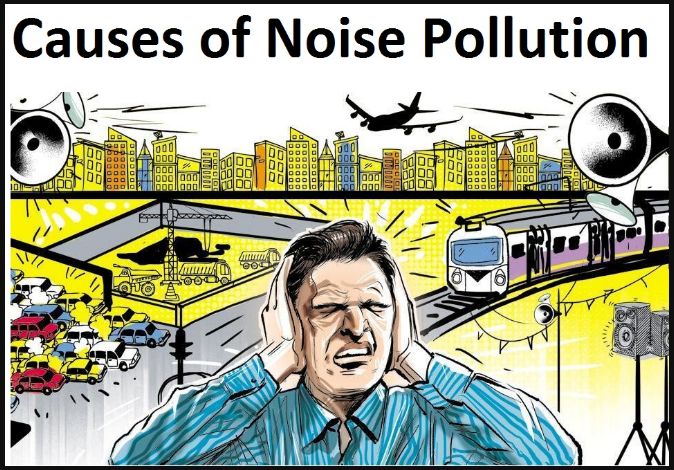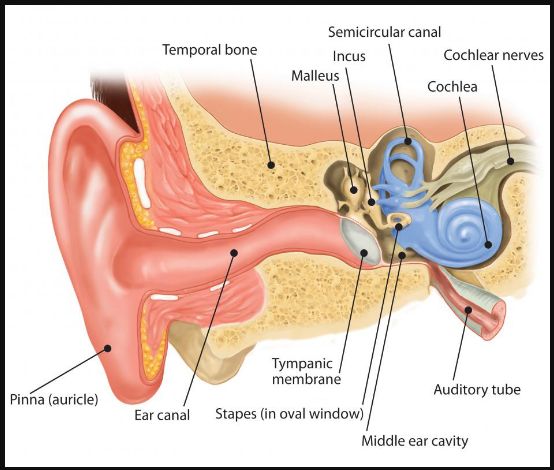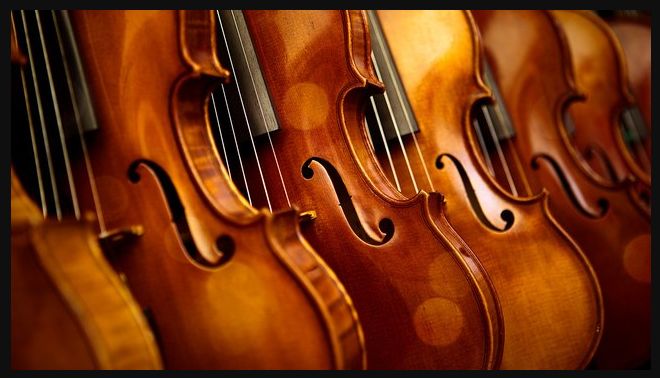Psycho-Acoustics
BENOX REPORT 1953 An Exploratory Study of the Biological Effects of Noise
BENOX REPORT 1953 An Exploratory Study of the Biological Effects of Noise
TOP 10 SONIC TORTURE SONGS FROM GITMO — Psychosonic Drugs – Psychosonic Attacks – Weaponizing Lady GaGa (or any artist / MP3)
TOP 10 SONIC TORTURE SONGS FROM GITMO
From perception to pleasure: Music and its neural substrates
Music and its neural substrates
Understanding the Different Types of Acoustical Treatments – Absorption
Understanding the Different Types of Acoustical Treatments
Human Acoustics and the Telephone Network
Human Acoustics and the Telephone Network
Fear across the senses Brain responses to music vocalizations and facial expressions
Fear across the senses Brain responses to music vocalizations and facial expressions
Contribution of active hair-bundle motility to nonlinear amplification in the mammalian cochlea
Contribution of active hair-bundle motility to nonlinear amplification in the mammalian cochlea
Listening to tailor-made notched music reduces tinnitus loudness and tinnitus-related auditory cortex activity
Listening to tailor-made notched music reduces tinnitus loudness and tinnitus-related auditory cortex activity
The Discordant Eardrum – Chaotic and Superior above 3 kHz
The Discordant Eardrum – Chaotic and Superior above 3 kHz
Long-term music training tunes how the brain temporally binds signals from multiple senses
Practicing a musical instrument is a rich multisensory experience involving the integration of visual, auditory, and tactile inputs with motor responses. This combined psychophysics-fMRI study used the musician’s brain to investigate how sensory-motor experience molds temporal binding of auditory and visual signals. Behaviorally, musicians exhibited a narrower temporal integration window than nonmusicians for music but … Read more
In blind test, soloists like new violins over old
“…the fundamental premise of tonal superiority has not yet been properly investigated.” http://www.pnas.org/search?fulltext=violi n&submit=yes&x=0&y=0 http://www.pnas.org/content/109/3/760.a bstract ABSTRACT Most violinists believe that instruments by Stradivari and Guarneri “del Gesu” are tonally superior to other violins–and to new violins in particular. Many mechanical and acoustical factors have been proposed to account for this superiority; however, the fundamental premise of … Read more
What is Sound Quality
What is Sound Quality







